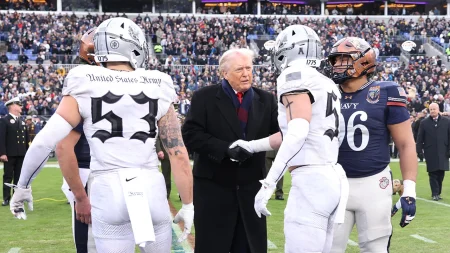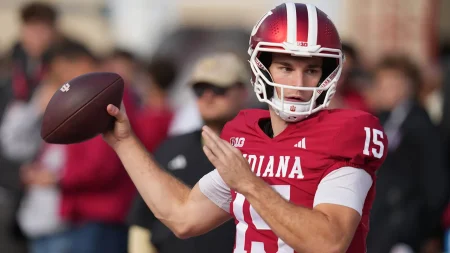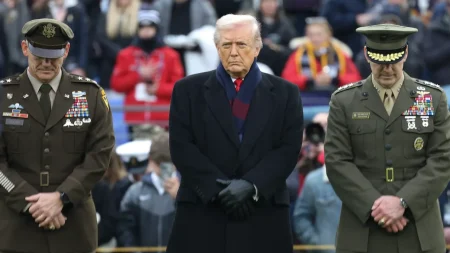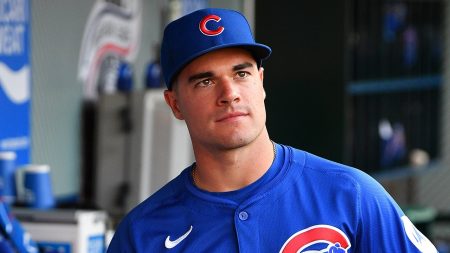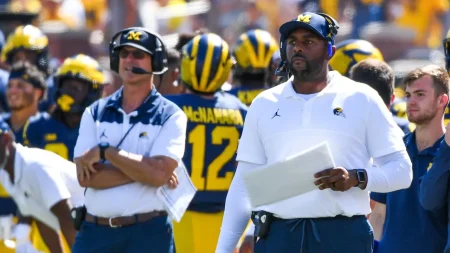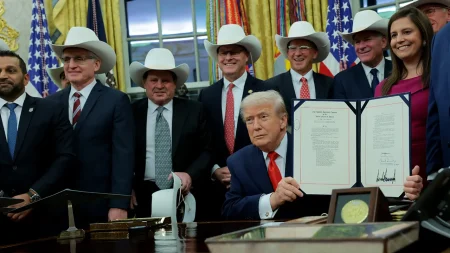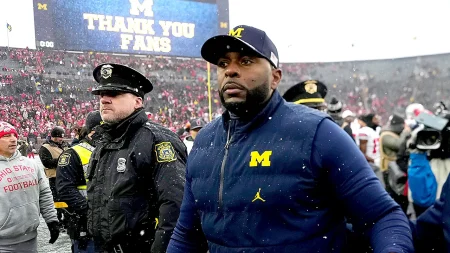When Race, Fame, and Family Collide: Understanding the LeBron James and Stephen A. Smith Dynamic
In a recent appearance on “The Pivot Podcast” with Ryan Clark, ESPN commentator Stephen A. Smith made some provocative comments about NBA superstar LeBron James, suggesting racial dynamics may influence how James confronts critics. Smith pointedly asked, “You ever see LeBron go at a White boy? Let’s call it what it is.” This statement came in the context of discussing a highly publicized March confrontation between the two at a Lakers game, adding another layer to their already complex professional relationship. The interaction has sparked conversations about race, journalism ethics, and the boundaries between professional criticism and personal attacks in sports media.
The confrontation appears to have stemmed from Smith’s televised commentary regarding Bronny James, LeBron’s son. Smith defended his journalistic approach, stating, “Anybody with professional ethics, who knows sports and knows what comes with it knows that I did not do anything wrong to that young man.” He expressed frustration at being characterized as someone who would “attack a child, just because I dislike you,” calling such an implication “low.” This defense highlights the delicate balance sports commentators must maintain when discussing athletes’ family members, particularly their children who are stepping into the spotlight themselves. Smith’s comments suggest he believes there’s a professional line he didn’t cross, yet James perceived his remarks about Bronny differently.
After the initial confrontation at the Lakers-Knicks game, Smith offered a more empathetic perspective on ESPN, acknowledging James wasn’t approaching him as a player but “as a parent… as a father.” Smith conceded, “I can’t sit here and be angry or feel slighted by LeBron James in that regard. By all accounts, he’s obviously a wonderful family man and father who cares very, very deeply about his son.” This momentary deescalation showed Smith’s understanding of the emotional complexity when criticism intersects with an athlete’s family life. It represented a rare moment of vulnerability from the typically bombastic commentator, who seemed to recognize the human element behind the sports headlines.
LeBron James later addressed the situation on “The Pat McAfee Show,” making an important distinction between professional criticism and personal attacks. James stated, “Never would I ever not allow people to talk about the sport, criticize players about what they do on the court. That is your job — to criticize or be in a position where, OK, a guy is not performing… that is all part of the game.” However, he drew a clear boundary: “When you take it and when you get personal with it, it’s my job to not only protect my damn household but protect the players.” This perspective offers insight into how James views his dual responsibilities as both a global sports icon and a father, suggesting he accepts professional critique but draws the line at what he perceives as personal attacks, especially those involving his children.
The exchange between Smith and James represents more than just a momentary conflict between a media personality and an athlete. It illuminates broader questions about power dynamics in sports media, particularly regarding race. Smith’s pointed question about whether James would confront a white commentator in the same manner introduces complex considerations about how race might influence professional interactions in the sports world. It also highlights the unique pressures faced by Black athletes and commentators who must navigate these sensitive issues in the public eye. For James, protecting his family—particularly his son Bronny who is beginning his own basketball journey under intense scrutiny—appears to be a non-negotiable priority that transcends professional relationships or media protocols.
This incident demonstrates how the worlds of sports, media, race, and family intersect in increasingly complicated ways in today’s media landscape. Smith’s comments suggest he believes race plays a role in how James responds to criticism, while James frames his reactions as simply a father protecting his family. Both perspectives highlight the human complexity behind the polished personas we see on television. As Bronny James continues his basketball career and more athletes’ children step into the spotlight, these tensions between media coverage and family protection will likely continue to emerge. The ongoing dynamic between Smith and James serves as a microcosm of these broader social questions about fairness, respect, and boundaries in sports journalism—questions that extend far beyond the basketball court.




![Stephen A. Smith on LeBron James’ approach to critics: ‘You ever see [him] go at a White boy?’](https://commstrader.com/wp-content/uploads/2025/10/stephen-a-smith-lebron-james-1024x576.jpg)
